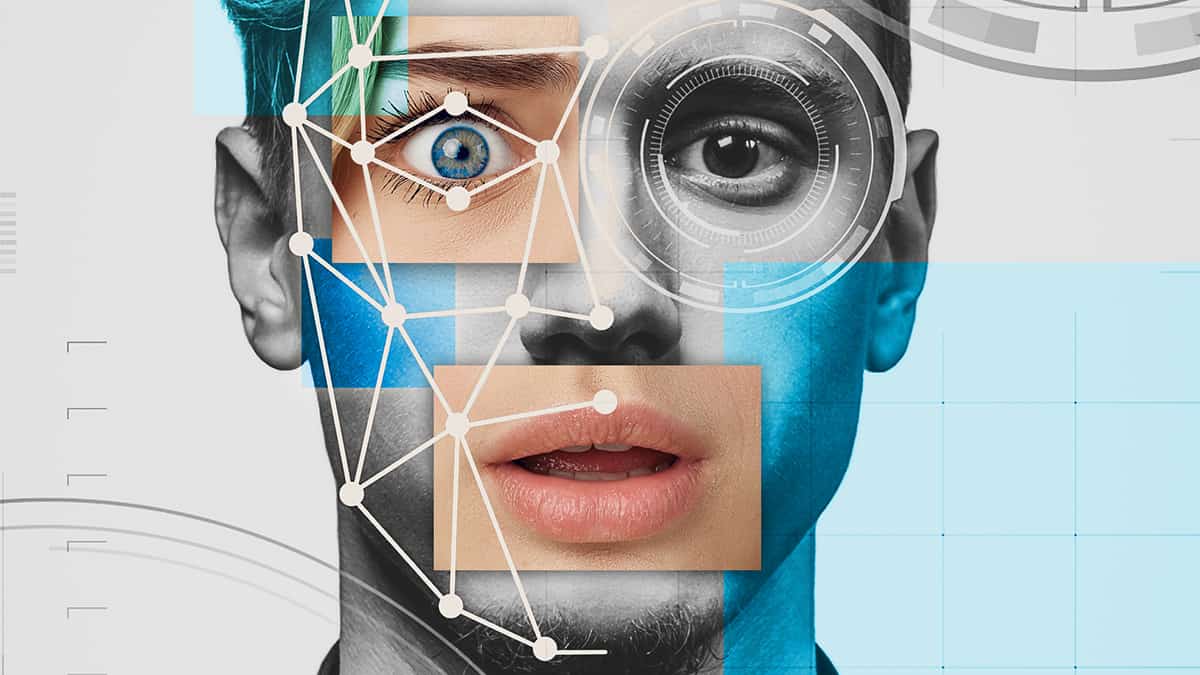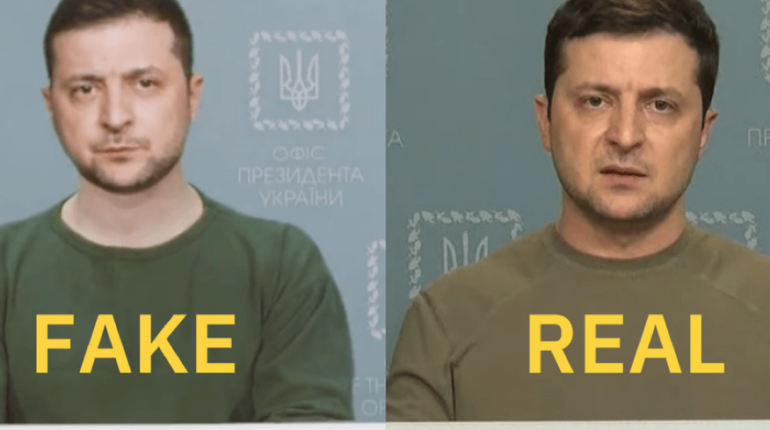The use of deepfakes in politics has insofar been rare. But in the last week, two deepfakes related to the war in Ukraine have emerged online.
Just days ago, a doctored video of Ukrainian President Volodymyr Zelenskyy began making rounds on social media. It also found its way onto a local live news channel and website after being uploaded by hackers.
Over the minute long video, Ukraine’s President appears to tell his soldiers to put down their weapons and surrender the fight against Russia.
But upon closer inspection, the video’s differing colour contrasts, size and shape of Zelenskyy’s face, as well as his unnatural body movements raised suspicions that the clip was not authentic.
President Zelenskyy quickly denounced the video calling it a ‘childish provocation’ and reassured Ukrainians that he had not fled the country as the deepfake had claimed.
Social media companies such as YouTube, Facebook, and Twitter have removed posts containing the video on their platforms as it violates user policy, but not before they had already amassed hundreds of thousands of views.
A deepfake of Ukrainian President Volodymyr Zelensky calling on his soldiers to lay down their weapons was reportedly uploaded to a hacked Ukrainian news website today, per @Shayan86 pic.twitter.com/tXLrYECGY4
— Mikael Thalen (@MikaelThalen) March 16, 2022





















